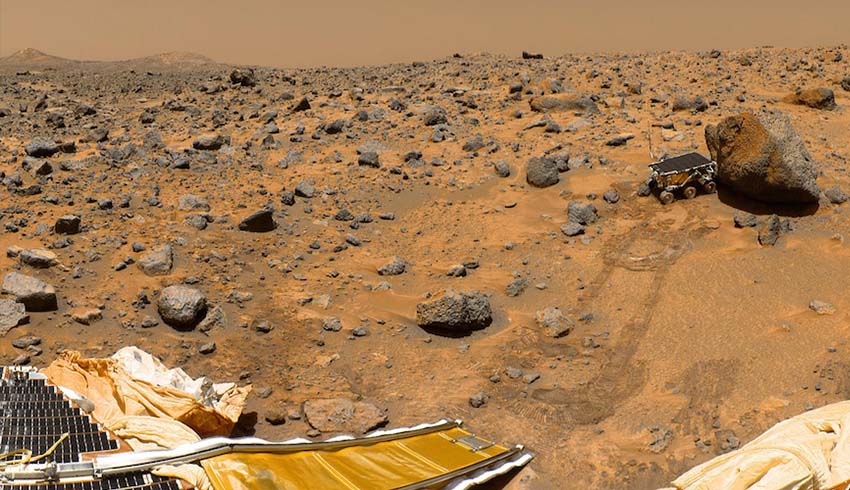Speaking at the Committee for Economic Development of Australia (CEDA) conference in Adelaide last week, Dr Megan Clark said the next area for communications on Earth and space would combine light and the radio spectrum.
She said more bandwidth was needed and Australia had a role to play in the laser communications network to be established between the moon and the Earth. Among other tasks, that would be used to help control robots on the moon.
“That will transform the way we communicate here on Earth,” she said.
Dr Clark said Australia led the world in autonomous drilling and remote asset management.
The key task of the missions to the moon and then Mars will be to find and recover ice that can be converted into hydrogen for power and oxygen for life support.
“We want to bring our expertise to the table to support that,” she said.
Dr Clark said the third area where Australian could contribute is exploitation of satellite data.
“We are really good in this country at putting that into a kind of cube of data, better than any other country. We would love to do the data cube for the moon and Mars,” she said.
“We will work very hard to make sure that Australia and Australian ideas and technology are showcased out there but what really is driving us is to be able to make sure we are giving jobs to the kids and grand-kids of this nation in a sector that right now they can’t participate in.”
Dr Clark said the Australian Space Agency was founded 16 months ago, with just herself and deputy Anthony Murfett having to figure out just what the agency would do.
She said nations established space agencies for different reasons, some such as the US, Russia and China to demonstrate global technical superiority, and others such as India and Israel to inspire their nations.
In Australia’s case, the government’s purpose was crystal clear.
“That was to really diversify our economy and create jobs that weren’t available,” she said.
“We set the purpose of the agency to transform and grow a globally respected Australian Space Agency and industry.”
Dr Clark said this was the most commercially focused purpose of any space agency in the world.
The agency also set out to engage the nation. It has now engaged with 110 million Australians. Clearly there aren’t nearly that many people in Australia, so many were engaged on multiple occasions.
Dr Clark said that statement of values cited passion.
“Actually the original version of this was ‘We do cool things’,” she said.
“It made it all the way through the approvals process, up, back and forwards and it got crossed out at the last minute. So, you will see passion but to us it’s still do cool things. It didn’t survive the prime minister’s office.”

